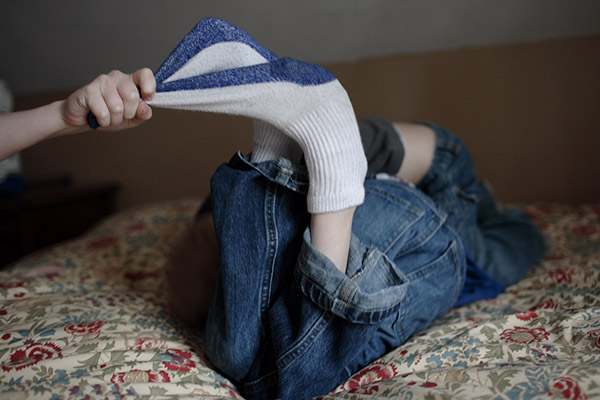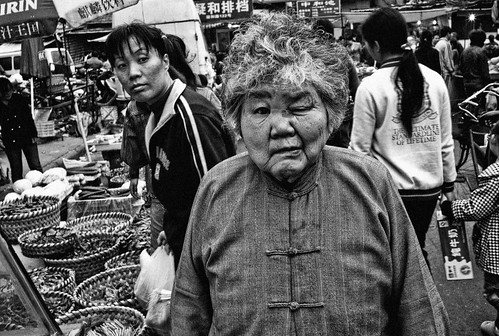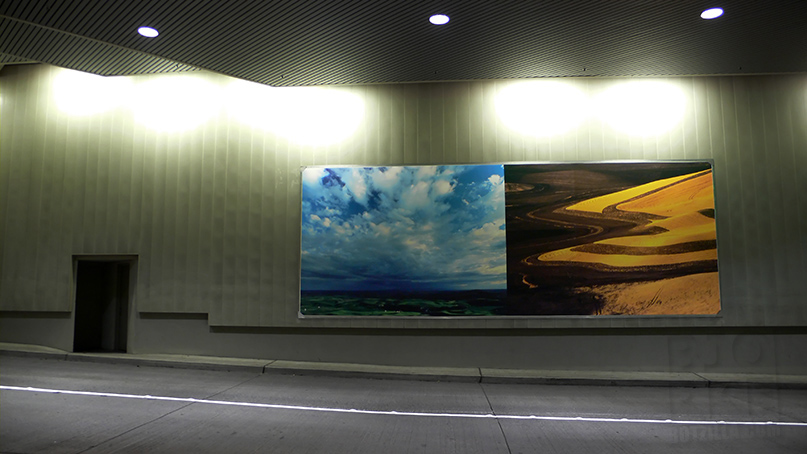we all perceive different
I think Klaus has a point there and I would emphasize this for another reason.
We are all individuals, nothing exists twice, and not two persons will perceive the same picture in the exact same way.
Form and structure in art certainly brings a valid methodology along that allows us a certain amount of development and in my humble view ist best to be understood as guidelines only.
Then again, it is only an attempt to describe certain aspects of art in a particular order and may be most important of all it is a reflection of the social-economical and political aspects of it's time, a mirror of it's time so to speak.
There is a dangerous downside to all this in my view. If we accept blindfold given parameters of art and create towards this set of accepted standards, we cut ourselves in the foot and limit our freedom, and it is this freedom that is mot important in art, I am bold enough to say that without freedom of expression there is no art.
Allow me an example to illustrate my point,
Two years after it's completition, it was April 7th in the year 1805 when Ludwig van Beethoven's 3rd Symphony "EROICA" was publicly performed the very first time in Vienna. It was performed early in private at Count Lobkowitz's castle to be correct.
Ludwig's great admiration of the french revolution led him to dedicate this, most important of all symphonies ever written I might add, to Napoleon Bonaparte as he saw in him the personification of the french revolution, but after he heard about this whackjob's consecration where Bonaparte crowned himself Eporer of the French in 1804 he scratched that and called his work Sinfonia eroica, composta per festeggiare il sovvenire d'un grand'uomo, a heroic symphony composed to celebrate the memory of a great man, not Napoleon anymore, but the Ambassador of the French Republic to the Austrian Court, at that time General Jean Baptiste Bernadotte, who later became King Charles XIV of Sweden.
Eroica was longer than any symphony heard up to that time and having it at the end of a long program was too much for one concert goer to endure who yelled out, "I'll give another Kreutzer if the thing will just stop."
The "Allgemeine musikalische Zeitung" wrote on may 1st: " Now every fugal movement pleases inasmuch as it brings order out of apparent confusion. But if, as now, its coherence escapes even the most attentive ear after repeated hearings, it must appear peculiar even to the unprejudiced listener. "
Beethoven and his audience were antagonistic to eachother and he did not do well in his own town as a result, Eroica had to travel to Leipzig Gewandhausorchestra to be fully recognized as the breakthrough it was in deed.
It is a bit diffult to write about this for me without going into musical analysis, but I think I can make the following points, Ludwig broke with many traditions of established compositional rules.
He enhanced the form, introduced new harmonics never heard before in a symphony, enhanced rhythmic structures, enhanced the "coda", he went so far to compose in a way that was perceived as
wrong!
I shall leave this example here, but I wish to point out that it was the audience and the very reflection of it's time that caused the negative reaction.
Beethoven thought outside of the box and in deed it is accepted by the most today that the EROICA is the most important symponical work ever created, bold, daring, challenging, breaking with tradition, it is all this and more.
More, much more, because he opened the door for following composers to explore new and undiscovered musical ground.
As aritst, it is our duty to constantly challenge the paradigmas of our given art and time, to think outside the box, and it is here that I applaude Michael for his question
But if photography is an art, shouldn’t photographers make pictures that transcend the photograph?
I would like to point out that it is the artist in the photographer who transcends the picture. His artistic and personal freedom that allows him to break with rules and traditions to discover new aspects and throw established paramters and rule over board, and to do this as a daily exercise in the very best case.
A "master" of photography may be one who mastered the technicalities of this craft, for what it's worth in craftsmenship, but it is the artist who makes this craft become more, a piece of art in it's best case.
But there is more to that usage of the word master as it is the inheritance of a structure that brings the word apprentice along.
Well, do we really need the apprentice-master structure in photgraphy/art? If one defines, thinks and lives himself as an artist he certainly has no use for this structure, it is totally superfluous.
Seeing like a master implies a wrong foundation to my humble understanding, I even think this to be inherently wrong, as we all are individuals and perceive things differently, and what is art and what is not, well, this is up to the judgement of centuries and not the audience or art critics of the time we live in.
And last but not least, to define quality of art I do not need to make use of this somewhat quaint apprentice-master structure at all, in opposite, it's purpose is a straight jacket and nothing else in my personal views as an artist.
There is no need for masters as there are only students, and sometimes teachers, being students at the same time if they are really good teachers.
I shall leave you with two quotes from Theodore Wiesengrund von Adorno that comes to mind:
Art is magic delivered from the lie of being truth.... The task of art today is to bring chaos into order.
Just my 0,02 kreutzer <smiles>











